The field of artificial intelligence has long been dominated by pattern recognition—powerful algorithms sifting through mountains of data to find correlations. But as machine learning systems increasingly mediate high-stakes decisions in healthcare, criminal justice, and economic policy, researchers are confronting an uncomfortable truth: correlation does not equal causation. This realization has sparked what some call the "causal inference revolution"—a paradigm shift forcing machine learning to evolve beyond its statistical comfort zone.
For decades, the machine learning community operated under what Judea Pearl famously called "the ladder of causation." Most algorithms remained stuck on the first rung—associations—blind to the deeper relationships that govern how interventions actually change outcomes. The consequences became apparent as predictive models deployed in real-world settings sometimes produced disastrous results. A hiring algorithm might discriminate against women not because gender caused poor performance, but because it correlated with career gaps. A medical diagnostic tool could mistake symptoms for causes, recommending harmful treatments.
The revolution began when computer scientists started stealing tools from econometrics and epidemiology. Techniques like instrumental variables, difference-in-differences, and propensity score matching—developed to tackle confounding variables in observational studies—found new life in machine learning pipelines. Suddenly, researchers could ask not just "what is likely to happen?" but "what will happen if we do this?" This shift from passive prediction to active counterfactual reasoning represented a fundamental breakthrough.
At the heart of this transformation lies the growing recognition that many machine learning failures stem from what economists call external validity problems. A model trained on historical data often assumes the future will resemble the past—a dangerous assumption in systems where human behavior adapts to the model's predictions. Causal frameworks provide the mathematical language to formalize these concerns through concepts like interference (where one unit's treatment affects another's outcome) and transportability (whether causal relationships hold across different populations).
Tech giants have taken notice. Google's research division published papers applying causal discovery methods to improve ad targeting. Microsoft developed tools to distinguish between causal drivers and mere correlates in business metrics. Startups like Civis Analytics built entire platforms around causal machine learning for social science applications. Even in deep learning—the poster child for correlation-hungry neural networks—researchers now incorporate causal structures into architectures, with promising results in areas like medical imaging where understanding disease progression matters more than just detecting symptoms.
The revolution faces significant challenges, however. Causal inference typically requires stronger assumptions than pure prediction, demanding domain knowledge that data scientists might lack. Many techniques rely on untestable assumptions about how variables relate—the famous "no unmeasured confounders" requirement. There's also tension between the clean, controlled environments where causal methods shine and the messy, high-dimensional data where deep learning excels. Bridging this gap remains an active area of research, with promising hybrid approaches emerging.
Perhaps the most profound impact lies in how causal thinking changes what questions we ask of our algorithms. As one researcher put it: "We've spent years building systems that can recognize a cat. Now we need systems that understand what would happen to the cat if we pulled its tail." This shift from pattern recognition to reasoning about interventions could redefine artificial intelligence's role in society—transforming it from an oracle of correlations into a tool for meaningful decision-making.
Early successes suggest this isn't just theoretical. A Stanford team used causal methods to improve sepsis treatment protocols, avoiding harmful defaults that correlation-based approaches recommended. An MIT group applied causal discovery to social media data, distinguishing between content that merely correlates with polarization versus what actually causes it. In economics, causal machine learning has refined policy evaluations, separating programs that look good on paper from those that genuinely improve outcomes.
The road ahead remains long. Many practitioners still treat causal inference as an optional add-on rather than a foundational requirement. Educational programs continue to prioritize predictive modeling over causal reasoning. And technical hurdles persist—especially around scaling causal methods to massive datasets while maintaining interpretability. But as the field matures, the consensus grows: the next generation of AI systems won't just predict our future; they'll help us shape it wisely.
What began as a niche concern among methodologists has blossomed into one of machine learning's most vibrant frontiers. The causal revolution isn't rejecting traditional machine learning so much as completing it—adding the missing layer of understanding that transforms smart algorithms into wise decision-makers. In an era where AI systems mediate everything from loan approvals to vaccine distribution, this evolution from "what is" to "what if" might be the most important breakthrough in artificial intelligence since the neural network renaissance.
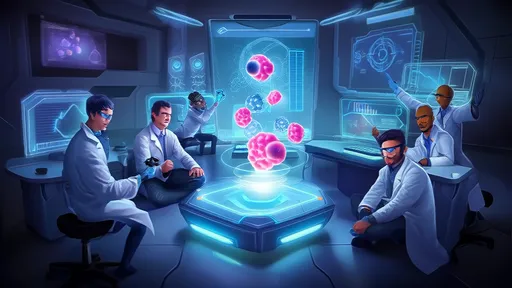
By /Jul 2, 2025
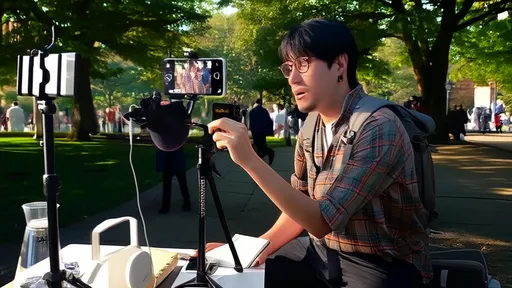
By /Jul 2, 2025

By /Jul 2, 2025
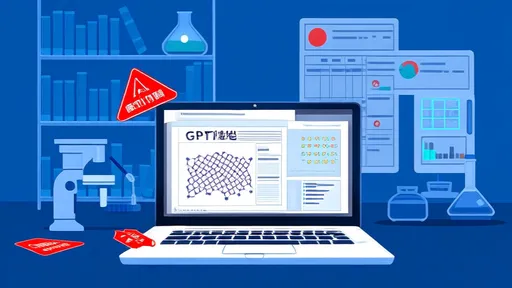
By /Jul 2, 2025
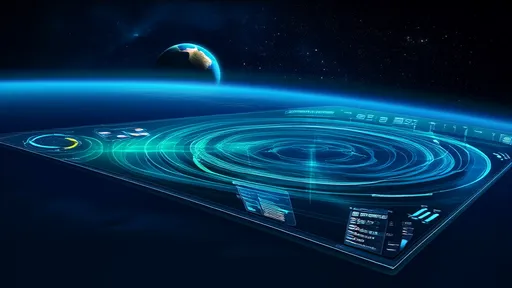
By /Jul 2, 2025
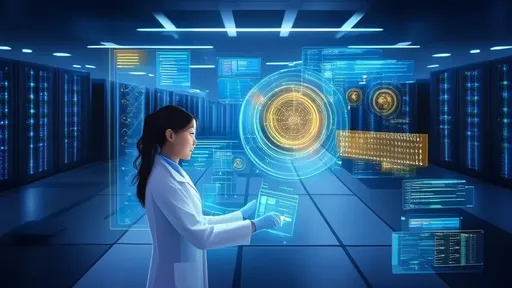
By /Jul 2, 2025
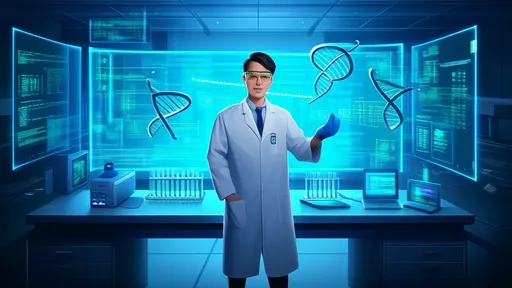
By /Jul 2, 2025
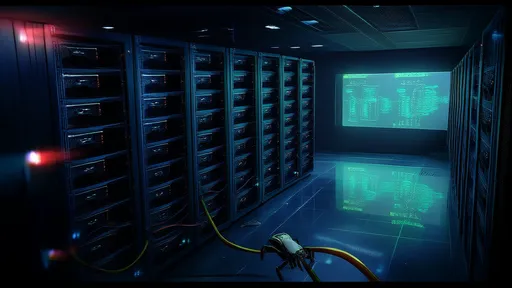
By /Jul 2, 2025
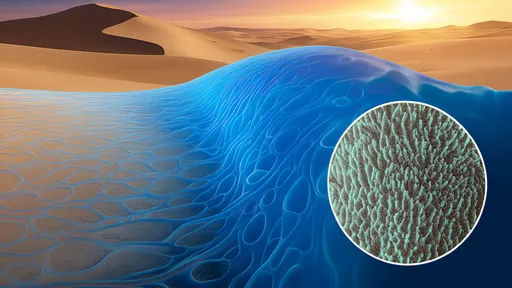
By /Jul 2, 2025
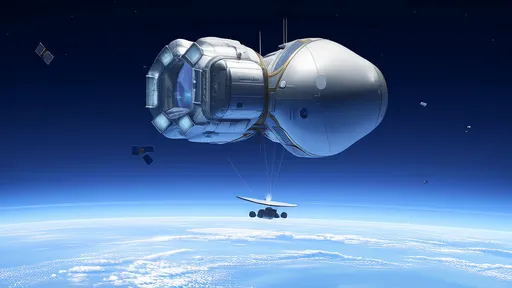
By /Jul 2, 2025
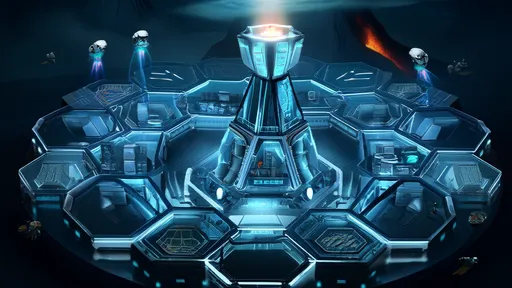
By /Jul 2, 2025
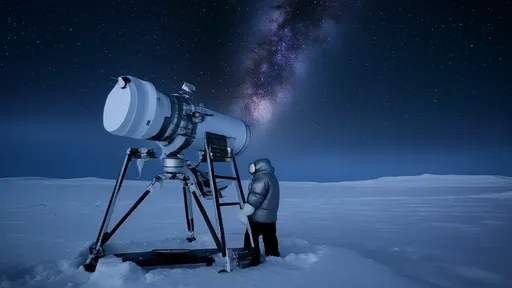
By /Jul 2, 2025
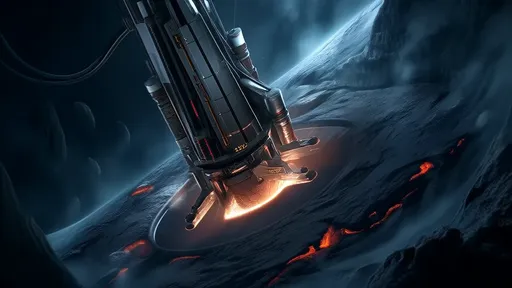
By /Jul 2, 2025
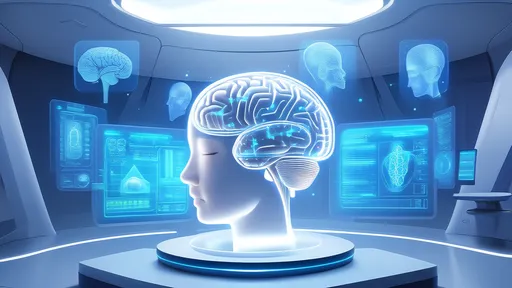
By /Jul 2, 2025

By /Jul 2, 2025
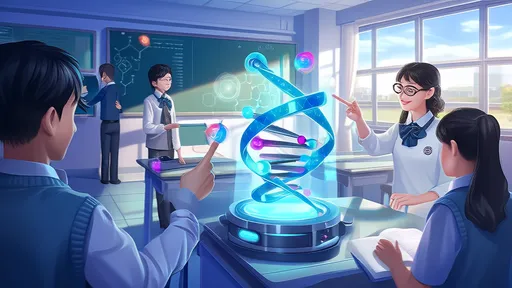
By /Jul 2, 2025
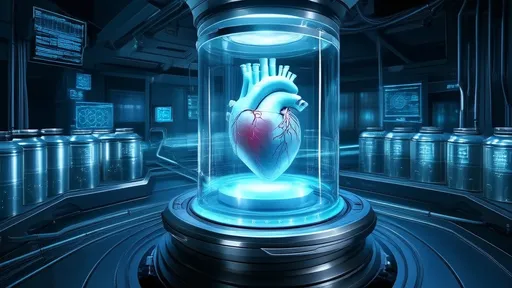
By /Jul 2, 2025
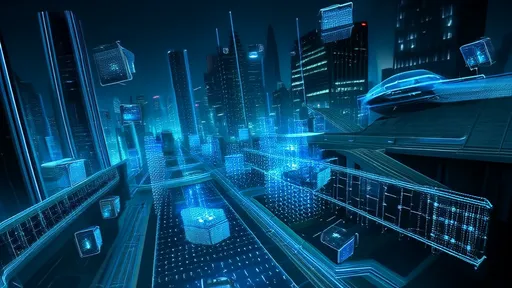
By /Jul 2, 2025
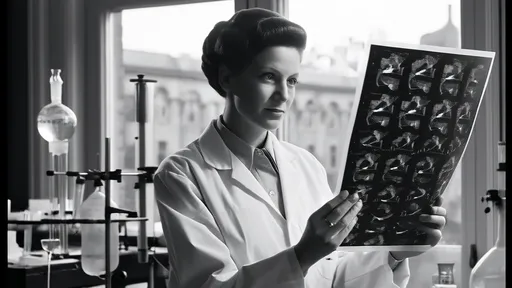
By /Jul 2, 2025
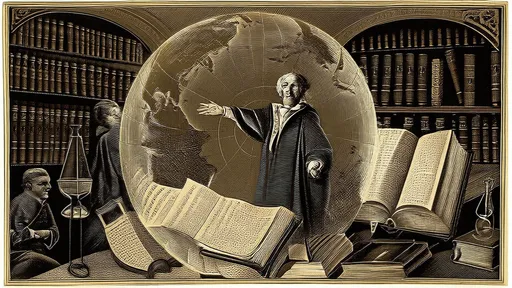
By /Jul 2, 2025